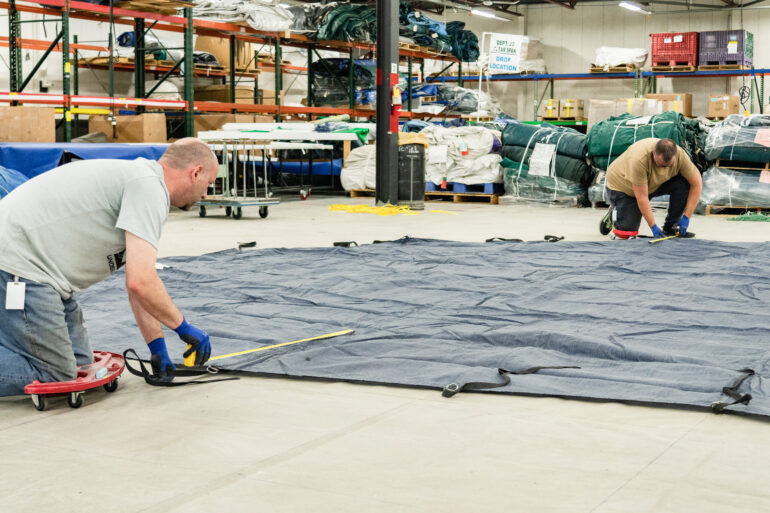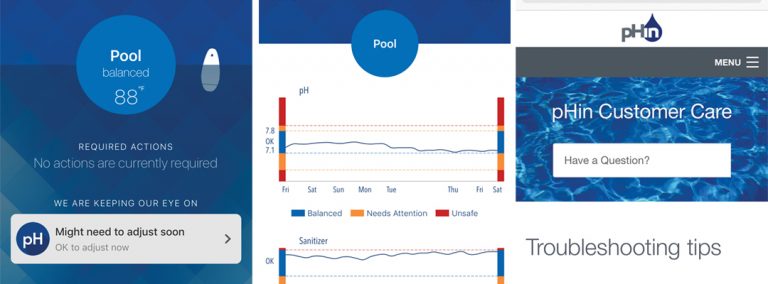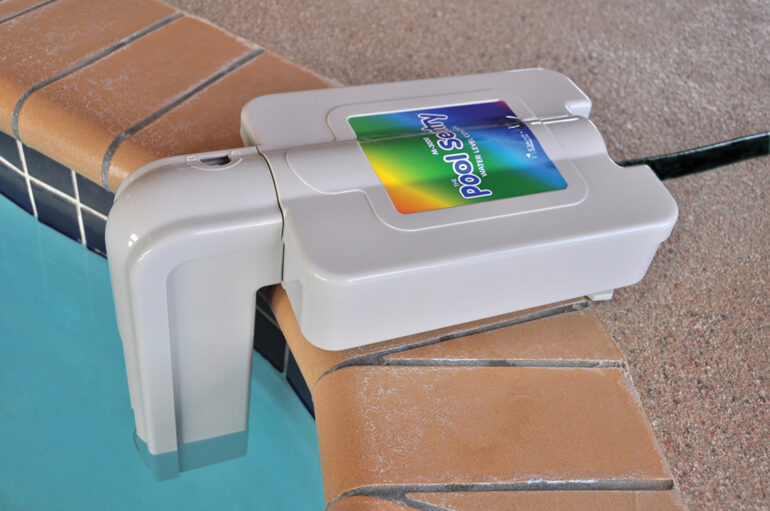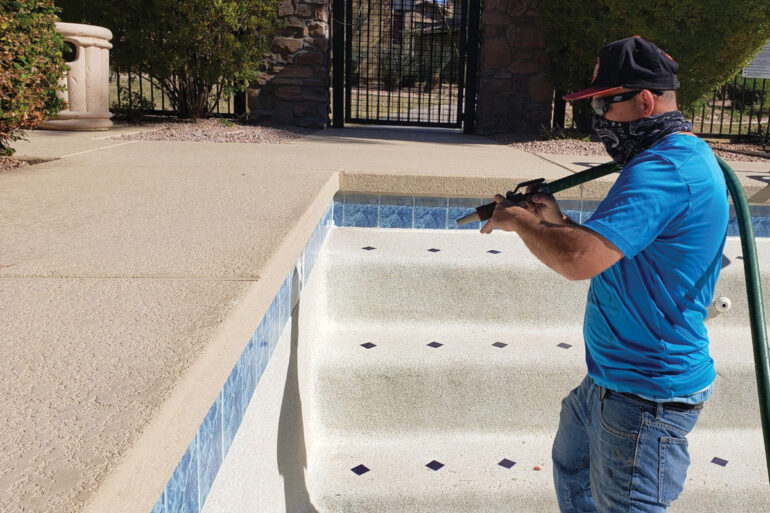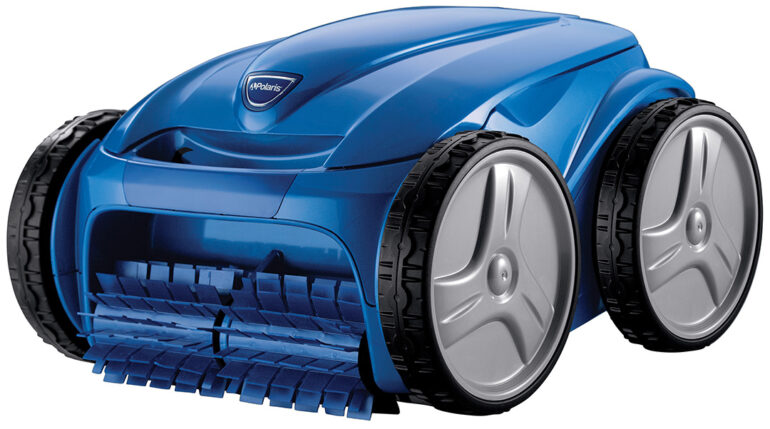Diving Board Troubleshooting
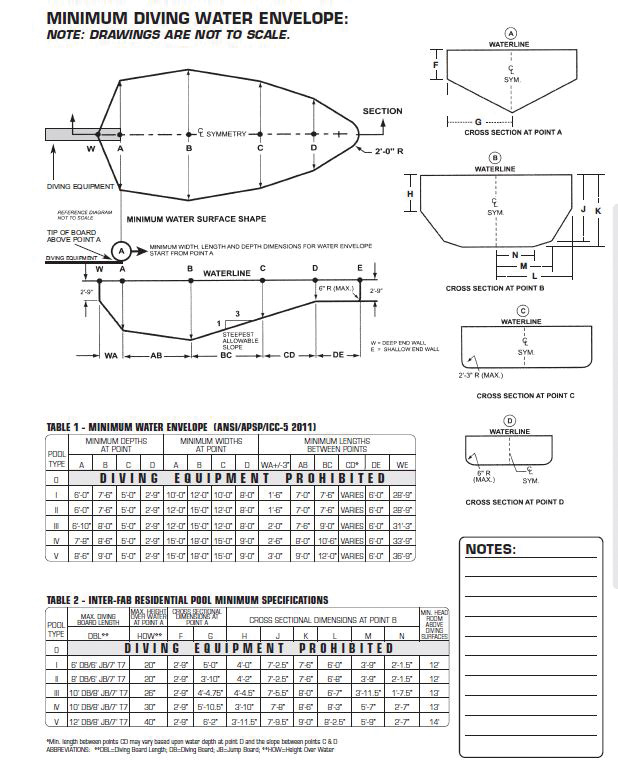
Diving boards are an excellent opportunity for a service business to increase its bottom line. This particular piece of pool equipment is less common than in the past, yet a diving board is a great source of fun and entertainment in the right pool. Many technicians choose not to service diving boards due to liability and prior industry lawsuits. The service company that includes them as part of its lineup can differentiate itself from their competition and generate additional profit. Repairs are easily accomplished once it is known if the pool is in compliance with current dimensional standards. Pool openings are a good time to assess the diving board and replace any necessary components.
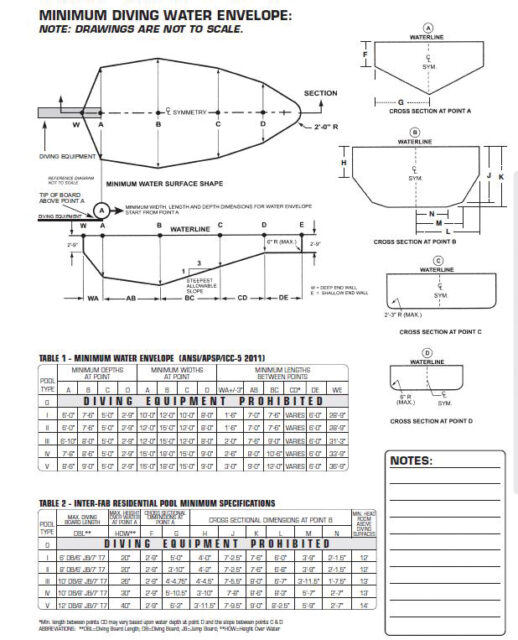
The most important aspect of servicing a diving board is to ensure the pool is compliant with current dimensional standards. These standards dictate pool-type classifications. Pool-type classifications determine what type and size of board/base combinations are acceptable for a diving board installation, and are readily available from diving board manufacturers or any value-added distributor (see the example provided by Inter-Fab, Inc.). Gunite pools use the published standards by the diving board manufacturers. Vinyl-liner pools need to have dig specifications submitted to a diving board manufacturer because of the hopper. If it is determined that the pool is not in compliance to current standards and already has a diving board, the board does not have to be removed. If the current diving board is in poor condition, however, it should be removed and the customer advised of the reasons for removal. Removing a board from an unsafe situation is not only a technician’s responsibility; it is a profit opportunity and a value to the consumer. If the customer refuses to have the board removed, a signed waiver should be kept on file acknowledging their awareness of the issue and subsequent refusal of removal.
If the pool dimensions are within acceptable range for a diving board, the setback of the jig is the next step in the evaluation process. Each model of diving board has its own specifications as to the distance of the forward jig bolt from the water’s edge based on the pool type classification. If the board is installed at an improper distance from the water’s edge, it can be relocated using a new jig or a bolt/epoxy kit. This is another revenue-generating opportunity, which is also a technician’s responsibility.
Once it is known that the pool dimensions diving board is in compliance with current standards and is situated properly, it is time to examine the board and stand. There are three key components of a diving board that could possibly need replacement; the board, the stand and the hardware. A visual inspection is all that is necessary to determine if any of these need to be replaced. If the board is missing, the grip of the tread should be replaced. If the board or stand have any visible cracks on the top, sides, or underbelly, they should be replaced. If the mounting hardware appears rusted, it should be replaced. In 2005, manufacturers began using stainless-steel hardware; prior to that, it was zinc-coated and more susceptible to rusting/snapping. Loose or shaky boards and stands indicate either hardware or component replacement, possibly both. All of these represent a possibly unsafe situation and a chance to repair the equipment.
Diving board safety is the responsibility of every pool professional who enters a backyard. It is in the best interest of the technician, the consumer and the industry that every pool with a diving board is evaluated, and faulty installations and components removed or replaced as appropriate. The service company generates profit, the customer is left with a safer appliance and the industry reputation benefits from a positive safety record.


